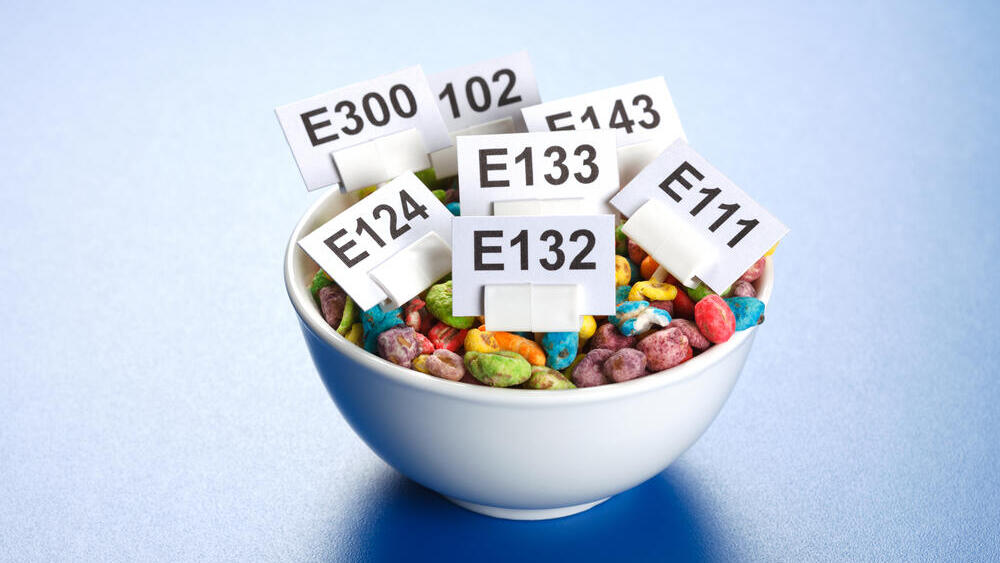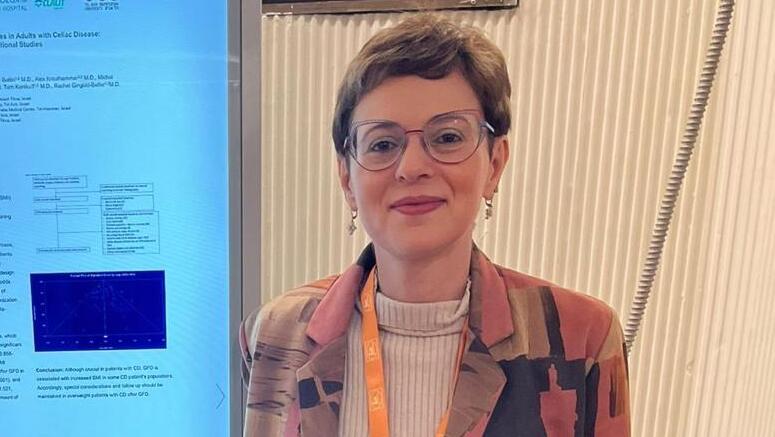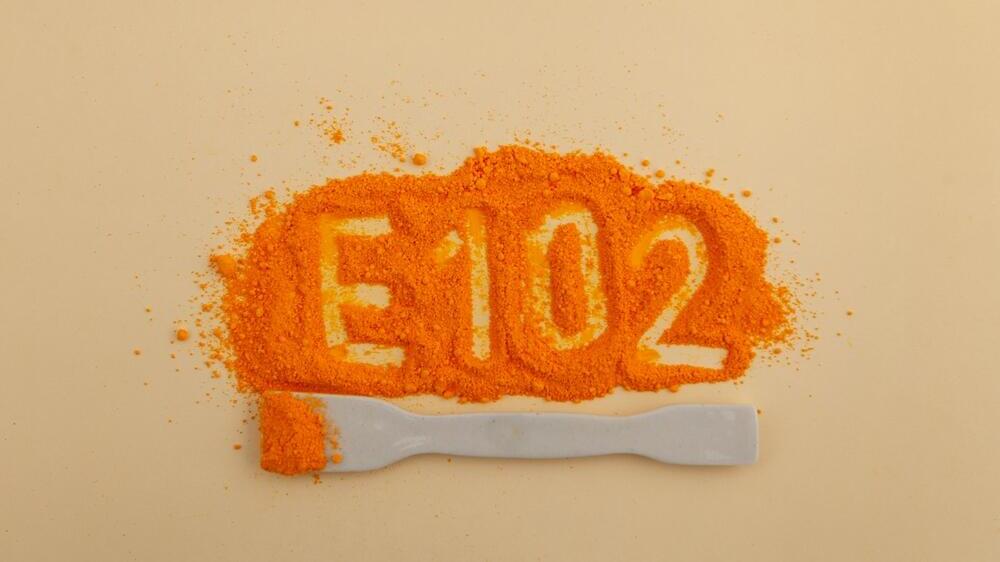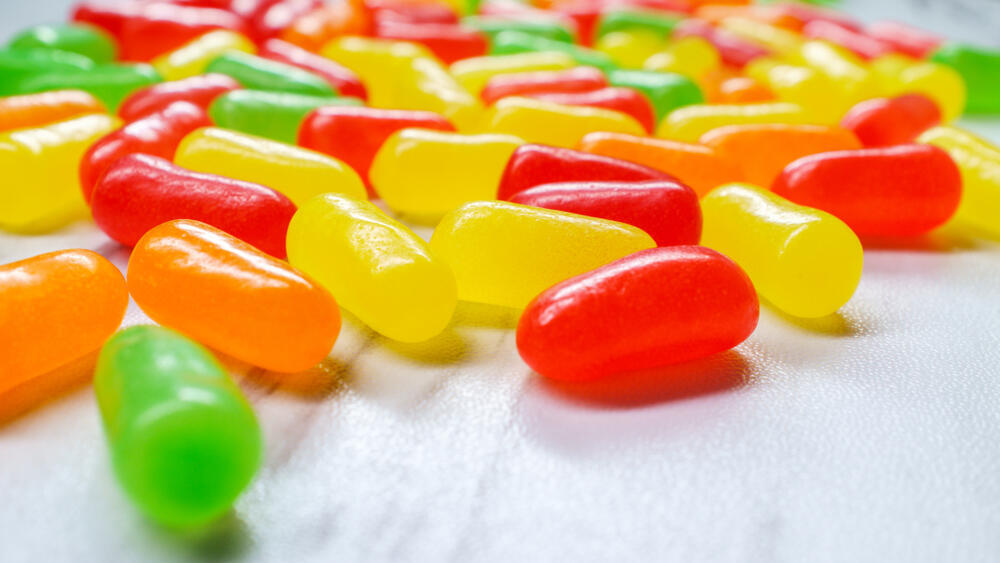The U.S. Food and Drug Administration (FDA) has announced a ban on the synthetic food coloring Red 3 due to potential links to cancer, sparking debate over the safety of artificial food dyes. While the ban has yet to take effect, it raises broader concerns about the health risks associated with artificial food colorings widely used in the industry.
"Food dyes were introduced to make products more visually appealing and encourage consumption," said Dr. Sigal Frishman, head of the nutrition and diet unit at Rabin Medical Center.
According to Dr. Frishman, most synthetic food colorings are derived from coal. "There’s a wide range of artificial colors on the market — orange, red, black, purple, blue — many of which don’t exist naturally and have been linked to health risks," she said. "These colors are labeled with the letter 'E' followed by a number between 100 and 199 on food packaging."
One such dye is tartrazine, a yellow food coloring. "It has been banned in many countries due to health concerns, though some still allow its use with mandatory labeling," Dr. Frishman noted. "As nutritionists, we often advise people to check ingredient lists — if they’re too long or contain unfamiliar chemicals, it may be best to avoid the product."
Red 3, the latest addition to the FDA’s banned list, has been linked to cancer in animal studies. "Research on mice demonstrated that it causes cancer, prompting the FDA to prohibit its use in the food industry," Dr. Frishman explained.
Prof. Rachel Gingold-Belfer, a senior gastroenterologist at Maccabi Healthcare Services and director of the celiac clinic at Rabin Medical Center, agreed: "Lab studies on rats showed that Red 3 may lead to thyroid cancer.”
“It has also been found to increase hyperactivity in children, worsen attention disorders and trigger severe allergic reactions,” she added. “Several other artificial dyes, including Blue 1 and 2, Red 40, Yellow 5 and 6, and Green 3, are still in use and should be avoided."
Natural food dyes, derived from plants and animals, offer an alternative but are less common in the industry. "These include red from beets, red cabbage, or paprika and orange from carrots," Dr. Frishman explained.
Get the Ynetnews app on your smartphone: Google Play: https://bit.ly/4eJ37pE | Apple App Store: https://bit.ly/3ZL7iNv
"However, they are more expensive, less stable and not as vibrant, making them less appealing to manufacturers. The food industry has tried introducing them but consumer response was lukewarm, leading to a return to synthetic dyes."
Reducing artificial dye consumption
Dr. Frishman stressed that reducing artificial dye intake starts with parents and educational institutions. "Many parents object when dietitians ban colorful candies in kindergartens, seeing us as spoilsports. But we’re simply aware of the risks. Allowing children to consume artificial dyes is like letting them cross a street without holding their hand."
She also shared her advice on the matter. "Limit consumption and buy fewer products containing artificial dyes. There’s no need for children under two to eat sugary candies or salty snacks. For older children, moderation is key — perhaps once a week in kindergarten or occasionally at home.
“Look for 'E' numbers between 100 and 199 on packaging. While not all indicate harmful dyes, tartrazine must be explicitly labeled. Choose products with natural dyes like turmeric or beet extract whenever possible."
For adults, she added, "It’s all about moderation. I love gummy candies but there’s a big difference between having one occasionally and buying a bag twice a week. There’s no need for rigid bans but mindful consumption is essential."
Prof. Gingold-Belfer echoed the sentiment: "Consumers should check ingredient lists and opt for products free of synthetic dyes. In Europe, public pressure has led to mandatory warning labels on products with artificial dyes, highlighting their potential effects on children. Similar awareness could drive change in consumption habits."
The Health Ministry addressed the FDA’s decision, saying: "Following the FDA’s announcement banning Red 3 (E127/erythrosine) in certain foods and cough syrups, we clarify that E127 is still permitted in the European Union. The European Food Safety Authority (EFSA) considers it safe at current levels. It’s important to note that the FDA’s findings are based on animal studies, not human trials."
The ministry added that E127 is present in a limited number of products in Israel, such as candied cherries and fruit-flavored cereals. "The Health Ministry’s National Food Services will continue monitoring the issue and take necessary actions as required."







